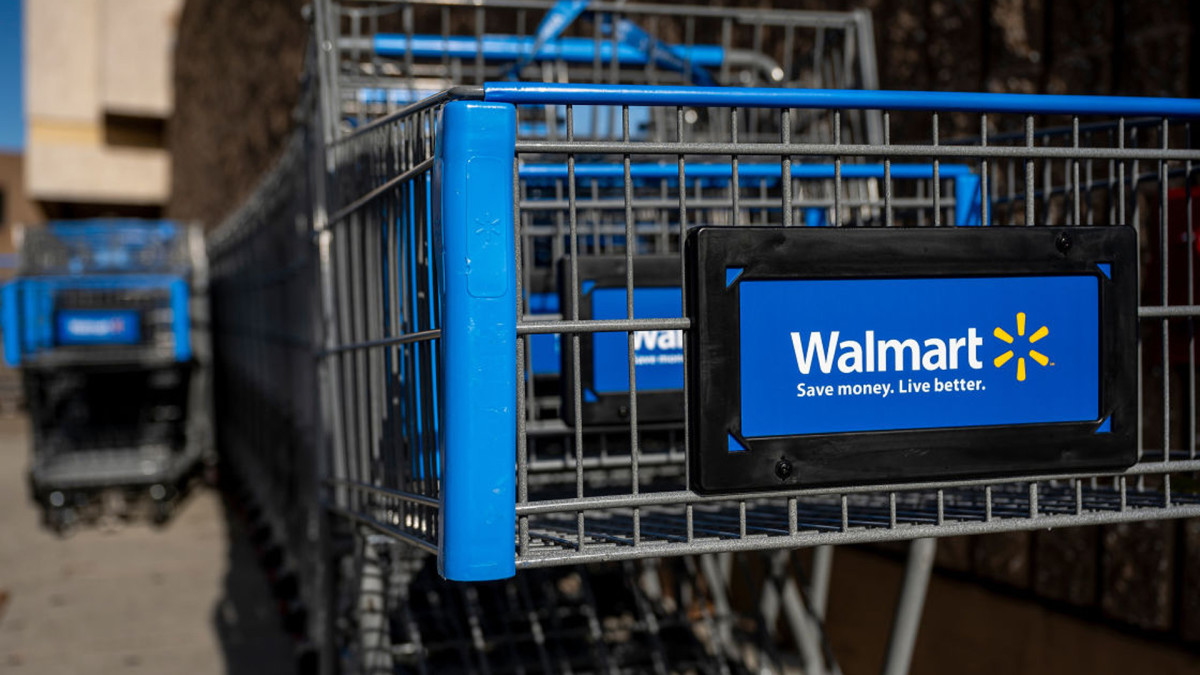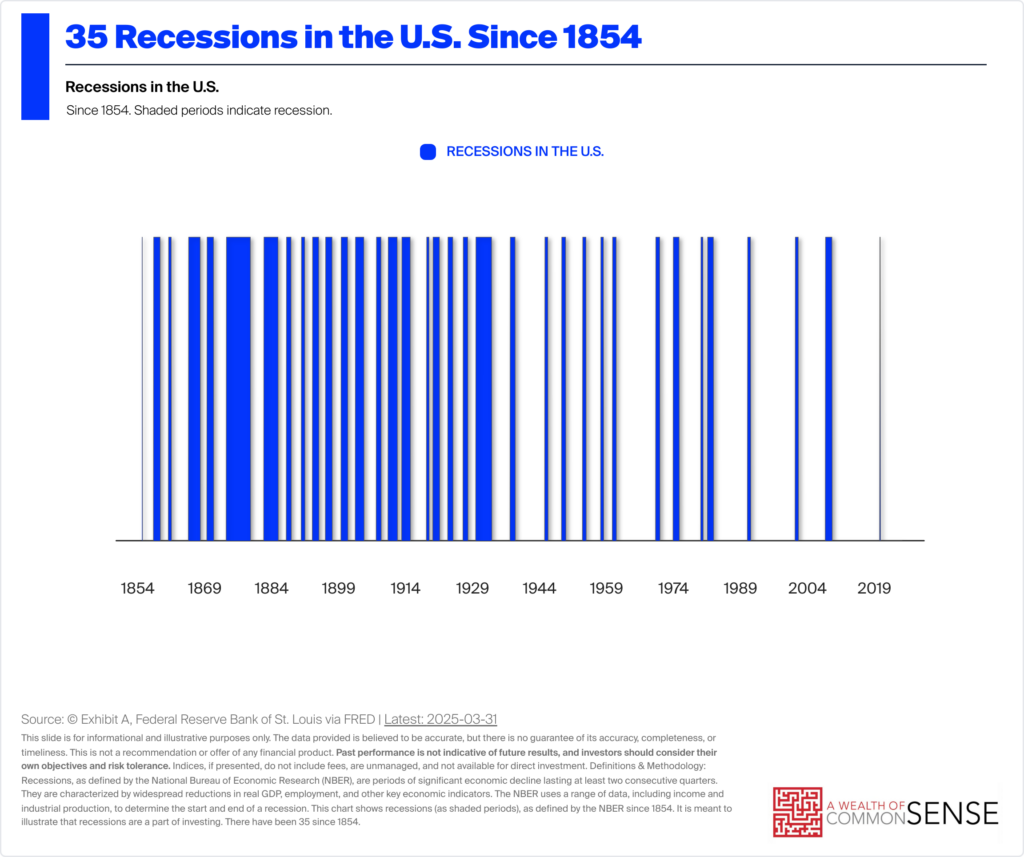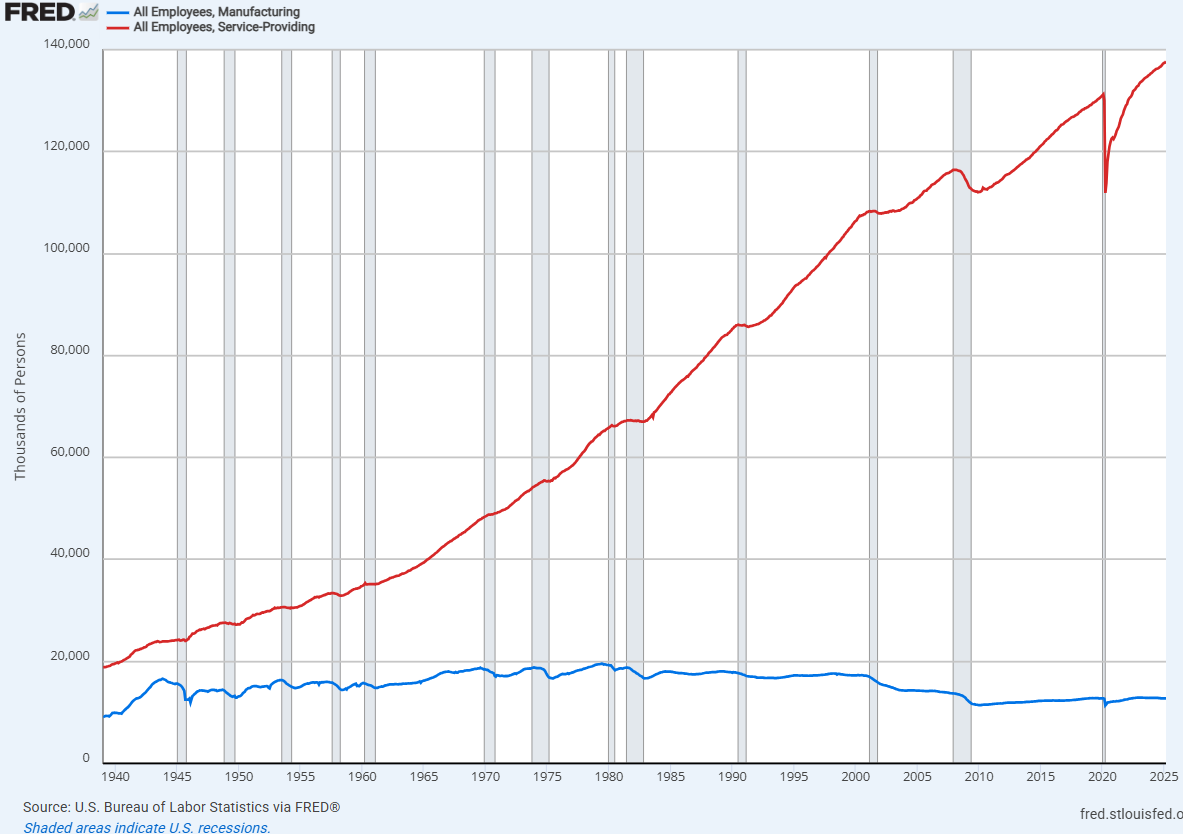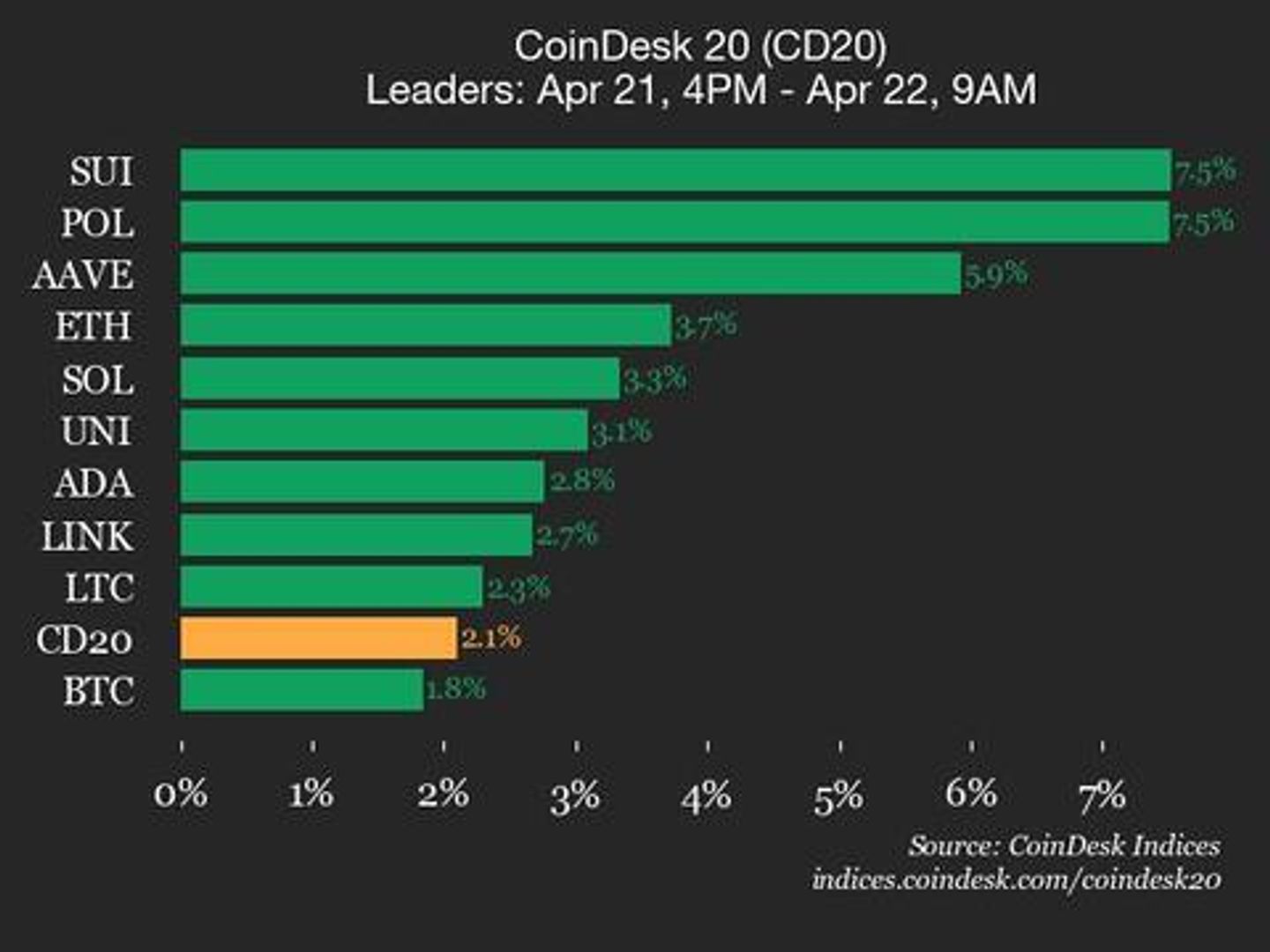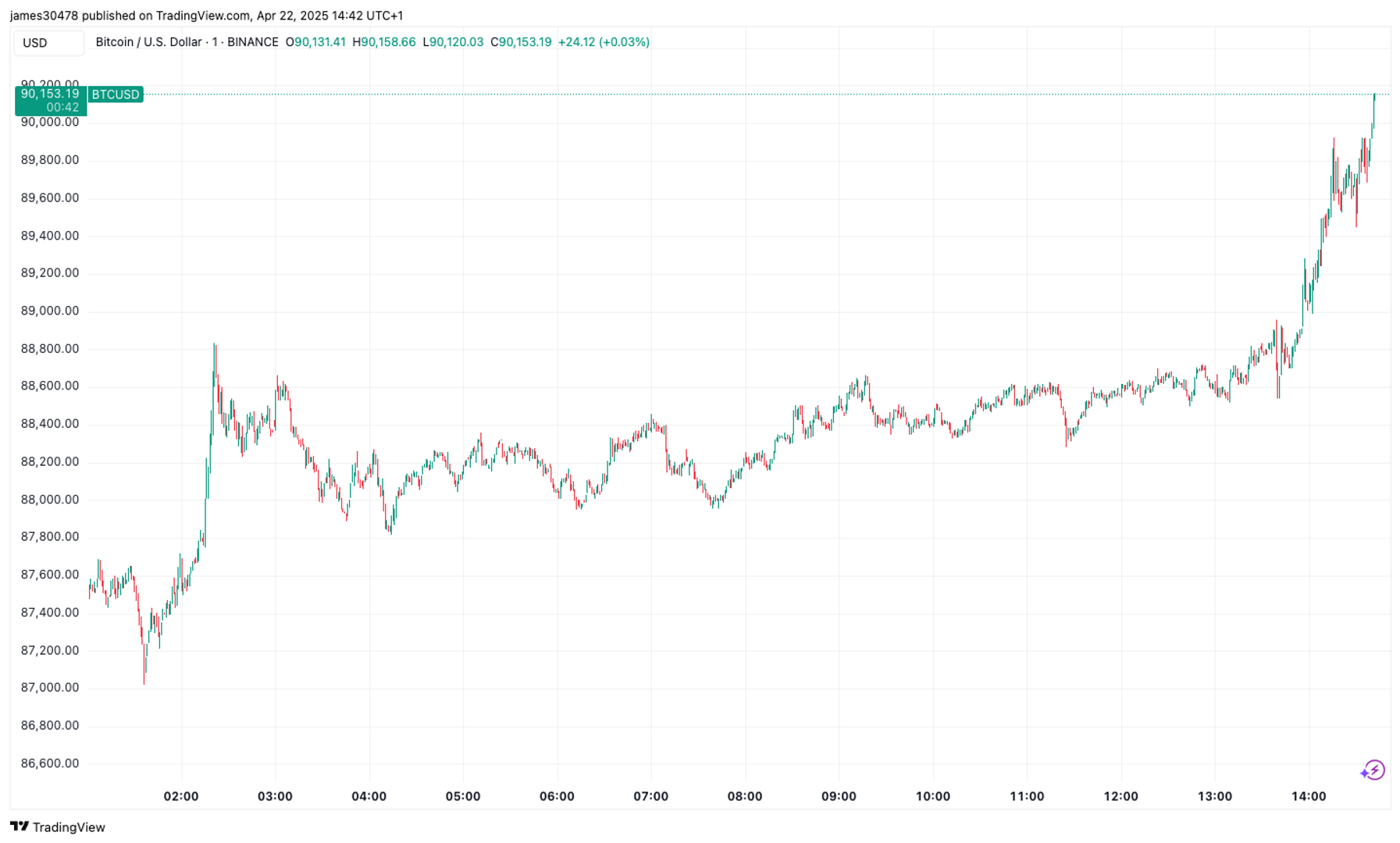3 Things You Need to Know About Social Security COLAs
If you’re someone who collects Social Security, then you probably find yourself eagerly awaiting news of a cost-of-living adjustment, or COLA, each year. The Social Security Administration announces COLAs each October, and those raises take effect the following January. In 2025, Social Security received a 2.5% COLA, which was actually the smallest raise beneficiaries received […] The post 3 Things You Need to Know About Social Security COLAs appeared first on 24/7 Wall St..

Key Points
-
Social Security recipients rely on cost-of-living adjustments, or COLAs, to keep up with their expenses.
-
Although benefits are eligible for an annual COLA, a raise is not guaranteed.
-
COLAs have a history of failing seniors, so it’s best to have income outside of Social Security.
-
Are you ahead, or behind on retirement? SmartAsset’s free tool can match you with a financial advisor in minutes to help you answer that today. Each advisor has been carefully vetted, and must act in your best interests. Don’t waste another minute; get started by clicking here.(Sponsor)
If you’re someone who collects Social Security, then you probably find yourself eagerly awaiting news of a cost-of-living adjustment, or COLA, each year.
The Social Security Administration announces COLAs each October, and those raises take effect the following January. In 2025, Social Security received a 2.5% COLA, which was actually the smallest raise beneficiaries received in years.
But there’s a lot to know about Social Security COLAs, whether you’re a current beneficiary or gearing up to be one in the future. Here are three pieces of information about COLAs that could be very helpful to your retirement planning.
1. They’re not guaranteed
Back in the day, lawmakers had to vote in Social Security COLAs. Now, benefits are eligible for an automatic COLA each year. But that doesn’t mean benefits are guaranteed to go up.
Social Security COLAs are tied to inflation. When there’s a rise in inflation, benefits increase. But when there’s no increase, benefits can remain flat.
The good news, though, is that if there’s a year when there’s no increase in Social Security and the cost of Medicare B rises, seniors are protected thanks to the program’s “hold harmless” provision. This means their benefits can’t shrink from year to year.
2. They don’t do their job well
Many retirees rely on Social Security — and the COLAs that get applied to their benefits — to make ends meet. But you should know that COLAs have long failed to actually keep pace with inflation.
A big problem lies in the way Social Security COLAs are calculated. They’re based on data from the Consumer Price Index for Urban Wage Earners and Clerical Workers (CPI-W).
But the CPI-W does a poor job of measuring costs that are specific to older Americans. Because of this, seniors have been shorted out of better COLAs for years. And Social Security recipients have lost a lot of buying power.
The Senior Citizens League reported last year that Social Security recipients lost 20% of their buying power between 2010 and 2024 due to insufficient COLAs. For this reason, it’s very important to have income outside of Social Security to live on in retirement.
3. There can’t be a negative COLA
It’s possible for inflation to decrease from one year to the next. In that situation, though, the worst thing that happens to Social Security is that benefits remain flat.
Social Security benefits generally cannot shrink from one year to the next. There can be exceptions on an individual basis, though, such as if someone’s benefits are withheld one year for exceeding the earnings-test limit, or if someone’s benefits are withheld due to not fulfilling a tax obligation.
But broadly speaking, Social Security benefits don’t decrease. This means that seniors don’t have to stress about a decline in inflation. Such an event, in fact, can be a good thing for retirees’ finances.
COLAs are an important component of Social Security, so it’s important to understand how they work. It pays to read up on COLAs and understand their limitations so you don’t rely too heavily on them – and so you’re inspired to save for retirement on your own to supplement your Social Security.
The post 3 Things You Need to Know About Social Security COLAs appeared first on 24/7 Wall St..























































